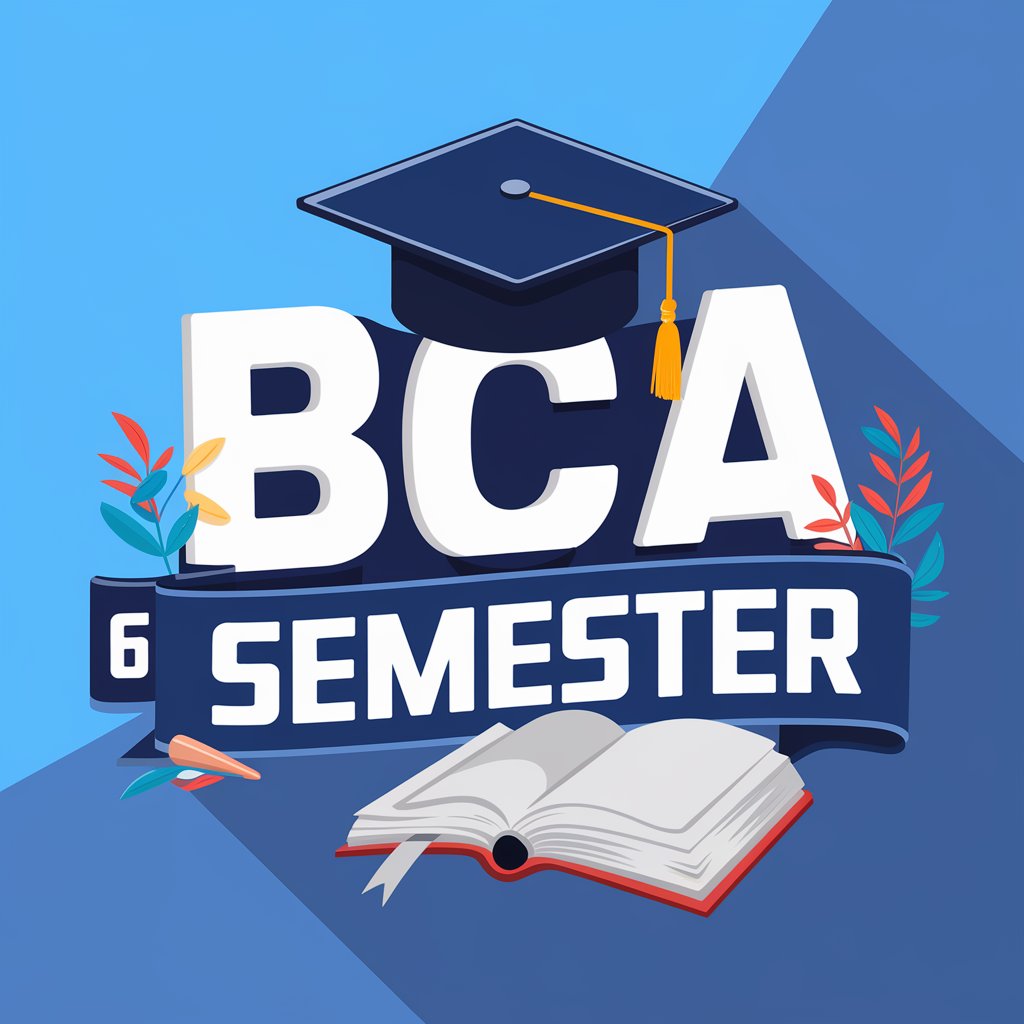BCA SEM 6 In simple language

About Course
BCA Semester 6 ke subjects ki Hinglish mein description:
1. Advanced DBMS (Database Management System)
Is subject mein DBMS ke basic concepts ko aur deeply cover kiya jata hai. Topics mein transaction management, concurrency control, distributed databases, NoSQL databases, aur advanced data indexing shamil hain. Tum recovery techniques, query optimization, aur databases ko big data ke saath kaise integrate karte hain, yeh sab seekhoge. Iska focus real-time database applications aur modern DBMS systems ki architecture samajhne par hota hai.
2. Fundamentals of TCP/IP
Yeh course TCP/IP suite ke basics ko cover karta hai, jo internet ka backbone hai. Ismein layers jaise application, transport, internet, aur network access layers ke baare mein padhaya jata hai. Important topics mein IP addressing, subnetting, routing, DNS (Domain Name System), aur HTTP, FTP, UDP, ICMP protocols ka kaam shamil hain. Yeh sab data communication, packet switching, aur network security ke baare mein knowledge deta hai.
3. IT Act and Cyber Security
Is subject mein information technology se related legal aur security aspects cover kiye jaate hain. Indian IT Act, 2000 ke bare mein padhenge, jismein electronic commerce, digital signatures, cyber offenses, aur penalties ki key provisions samjhayi jati hain. Cybersecurity topics mein cryptography, ethical hacking, malware, network security, aur data privacy shamil hain. Objective yeh hai ki tum digital information ko unauthorized access aur attacks se kaise protect kar sakte ho, yeh samjho.
4. Operations Research
Operations Research (OR) ek aisa subject hai jismein complex problems solve karne ke liye mathematical aur analytical techniques ka use hota hai.
Course Content
Advance data base management system
-
Transaction Management
00:00 -
Concurrency Control
00:00 -
Distributed Databases
00:00 -
NoSQL Databases
00:00 -
Query Optimization/Data Recovery Techniques
00:00 -
Summary
00:00 -
Advance Data Base System
TCP/IP Model
IT Act and Cyber Law
Operation Research
Introduction to Operations Research (OR)
Student Ratings & Reviews
